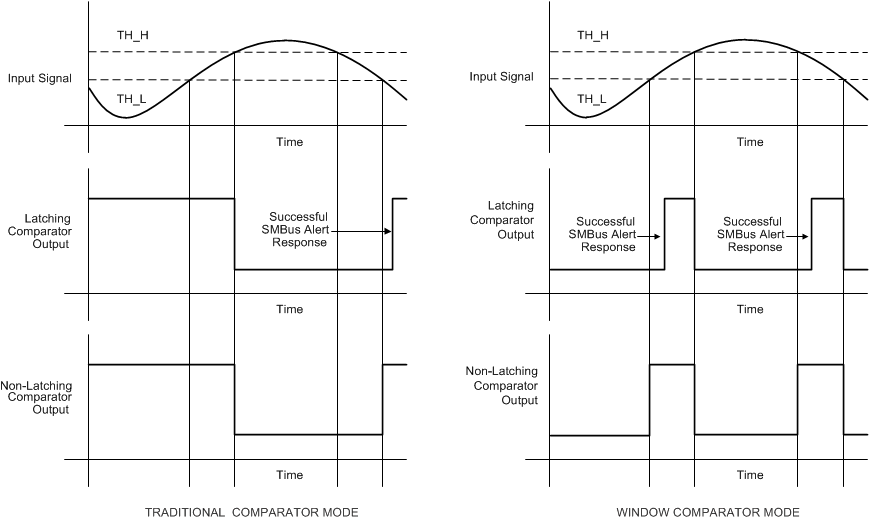SBAS444D May 2009 – January 2018 ADS1113 , ADS1114 , ADS1115
PRODUCTION DATA.
- 1 Features
- 2 Applications
- 3 Description
- 4 Revision History
- 5 Device Comparison Table
- 6 Pin Configuration and Functions
- 7 Specifications
- 8 Parameter Measurement Information
-
9 Detailed Description
- 9.1 Overview
- 9.2 Functional Block Diagrams
- 9.3 Feature Description
- 9.4 Device Functional Modes
- 9.5 Programming
- 9.6 Register Map
-
10Application and Implementation
- 10.1 Application Information
- 10.2
Typical Application
- 10.2.1 Design Requirements
- 10.2.2
Detailed Design Procedure
- 10.2.2.1 Shunt Resistor Considerations
- 10.2.2.2 Operational Amplifier Considerations
- 10.2.2.3 ADC Input Common-Mode Considerations
- 10.2.2.4 Resistor (R1, R2, R3, R4) Considerations
- 10.2.2.5 Noise and Input Impedance Considerations
- 10.2.2.6 First-order RC Filter Considerations
- 10.2.2.7 Circuit Implementation
- 10.2.2.8 Results Summary
- 10.2.3 Application Curves
- 11Power Supply Recommendations
- 12Layout
- 13Device and Documentation Support
- 14Mechanical, Packaging, and Orderable Information
Package Options
Mechanical Data (Package|Pins)
Thermal pad, mechanical data (Package|Pins)
Orderable Information
9.3.8 Conversion Ready Pin (ADS1114 and ADS1115 Only)
The ALERT/RDY pin can also be configured as a conversion ready pin. Set the most-significant bit of the Hi_thresh register to 1 and the most-significant bit of Lo_thresh register to 0 to enable the pin as a conversion ready pin. The COMP_POL bit continues to function as expected. Set the COMP_QUE[1:0] bits to any 2-bit value other than 11 to keep the ALERT/RDY pin enabled, and allow the conversion ready signal to appear at the ALERT/RDY pin output. The COMP_MODE and COMP_LAT bits no longer control any function. When configured as a conversion ready pin, ALERT/RDY continues to require a pullup resistor. The ADS111x provide an approximately 8-µs conversion ready pulse on the ALERT/RDY pin at the end of each conversion in continuous-conversion mode, as shown in Figure 29. In single-shot mode, the ALERT/RDY pin asserts low at the end of a conversion if the COMP_POL bit is set to 0.
 Figure 29. Conversion Ready Pulse in Continuous-Conversion Mode
Figure 29. Conversion Ready Pulse in Continuous-Conversion Mode
